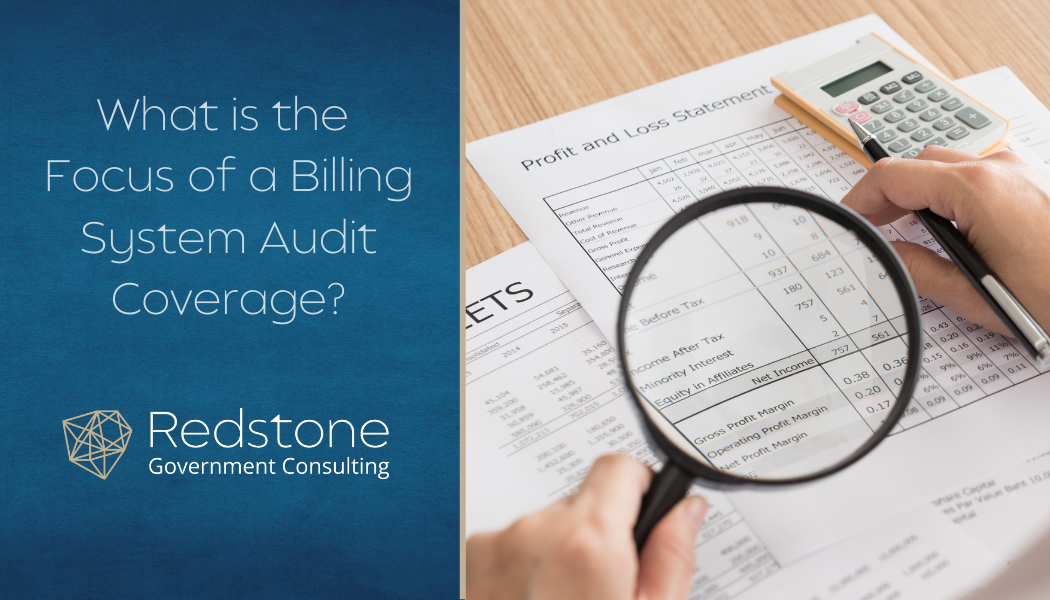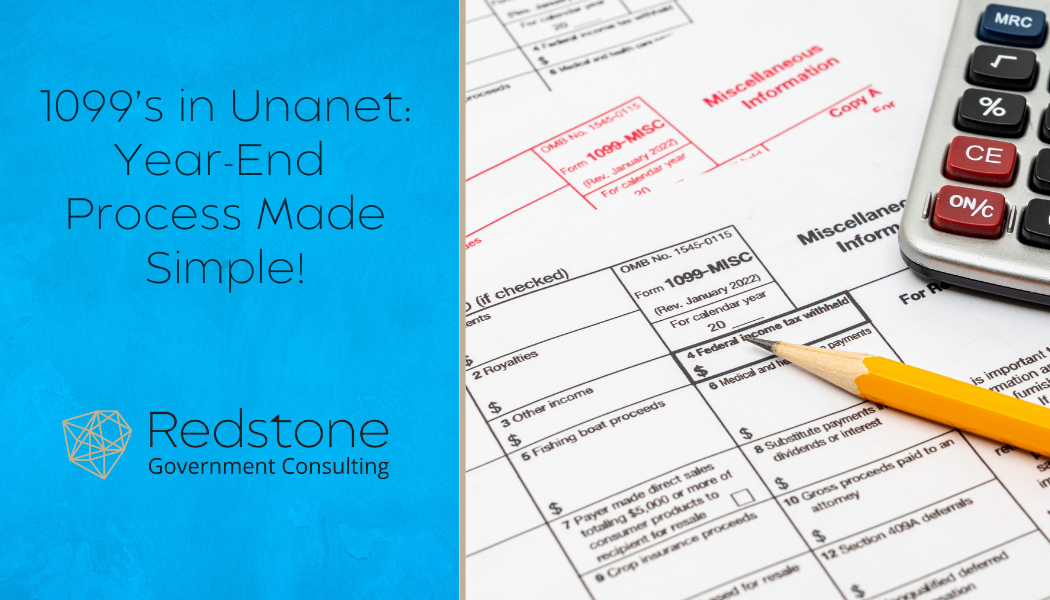Topics: Compliant Accounting Infrastructure, Proposal Cost Volume Development & Pricing, DFARS Business Systems, DCAA Audit Support, Cost Accounting Standards (CAS), Federal Acquisition Regulation (FAR)
In previous blogs, we have recommended preparing a CAS Disclosure Statement (DS) soon after emerging from small business status. We also recommended reviewing your cost accounting practices prior to preparing a Disclosure Statement to prevent having to change afterwards and ending up requiring a cost impact statement. So, by now you are probably wondering what this mythical beast is and what is the big deal about preparing it.
Topics: Compliant Accounting Infrastructure, Cost Accounting Standards (CAS)
Accounting for Bid and Proposal (B&P) Explained
Bid and Proposal is a topic that comes up with our contractor clients on a regular basis. Most questions surrounding this topic involve: whom at the contractor should be charging B&P, especially, contractor personnel that typically charge overhead or G&A. We understand why this is confusing. It is our opinion that the guidance per FAR (Federal Acquisition Regulations) and CAS (Cost Accounting Standards) regarding this topic is unclear and leaves contractors scratching their heads trying to be compliant.
Topics: Compliant Accounting Infrastructure, Incurred Cost Proposal Submission (ICP/ICE), Cost Accounting Standards (CAS)
Unanet’s robust project management and budgeting features are primary reasons some of our clients choose Unanet as their accounting system of choice. One of our main goals during an Unanet implementation is to utilize as many of the project management features in the system as possible and train our clients on maintaining the correct information to manage their work properly. What are your project management and budgeting needs? The following options are available in Unanet:
Previously, we discussed how a company ends up with CAS covered contracts. This month we are going to talk about some of the further fun with CAS. We recommended preparing a CAS Disclosure Statement soon after emerging from small business status,
Topics: Compliant Accounting Infrastructure, Cost Accounting Standards (CAS)
The most common CAS (Cost Accounting Standards) exemption for most businesses is the small business exemption. Most contractors understand that as long as they’re small, CAS is a non-issue. What happens when you’re approaching your NAICS cap and headed toward the dreaded “other than small” status?
Topics: Compliant Accounting Infrastructure, Small Business Compliance, Cost Accounting Standards (CAS)
Back in the days of DCAA ICAPS audits, the billing system was a standalone audit program. Even DCAA’s first pass at auditing for compliance with DFARS 252.242-7006 provided a standalone sub-assignment for the coverage of contractor billing systems.
Topics: Compliant Accounting Infrastructure, Contracts & Subcontracts Administration, Government Regulations
Each year’s end brings a set of additional financial close tasks to our desks. The deadline to file 1099’s is January 31st, leaving a lot of companies scrambling to file these forms in time. Let me tell you how Unanet has automated the process for our clients using their software:
Topics: Compliant Accounting Infrastructure, Incurred Cost Proposal Submission (ICP/ICE), Contracts & Subcontracts Administration, DCAA Audit Support, Federal Acquisition Regulation (FAR)
As we outlined in Applicability of DFARS Business System Rules to Small Businesses, small businesses are exempt from Cost Accounting Standards and therefore are not subject to the business system rules, based on the requirements for inclusion in the Business System Clauses as set out in DFARS. DFARS Case 2009-D038 – Defense Federal Acquisition Regulation Supplement; Business Systems-Definition and Administration, final rule issue February 24, 2013 in the Federal Register specifically stated: “DoD does not expect this rule to have a significant economic impact on a substantial number of small entities within the meaning of the Regulatory Flexibility Act, 5 U.S.C. 601, et seq., because contracts and subcontracts with small businesses are exempt from Cost Accounting Standards (CAS) requirements.”
Topics: Compliant Accounting Infrastructure, DCAA Audit Support










